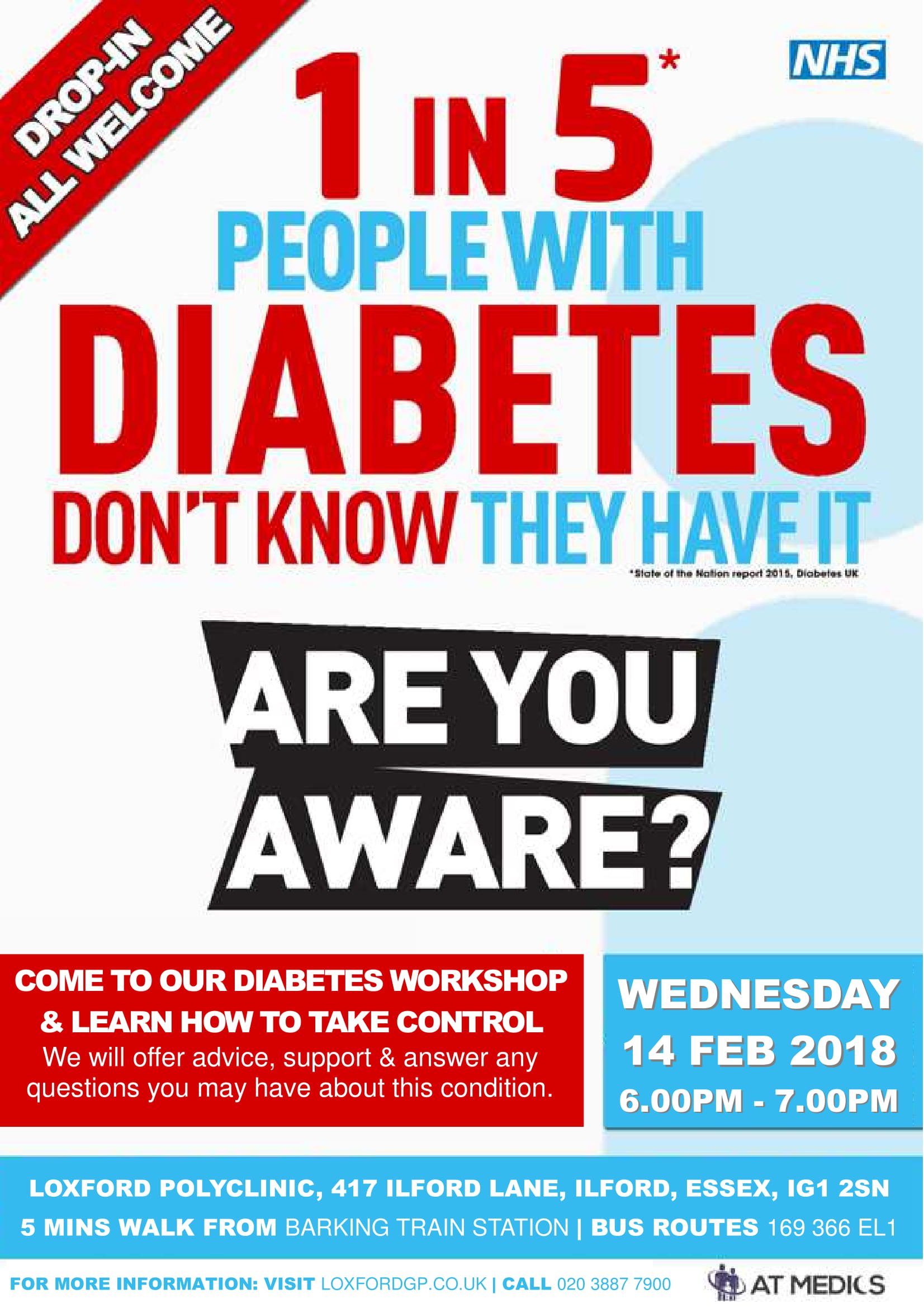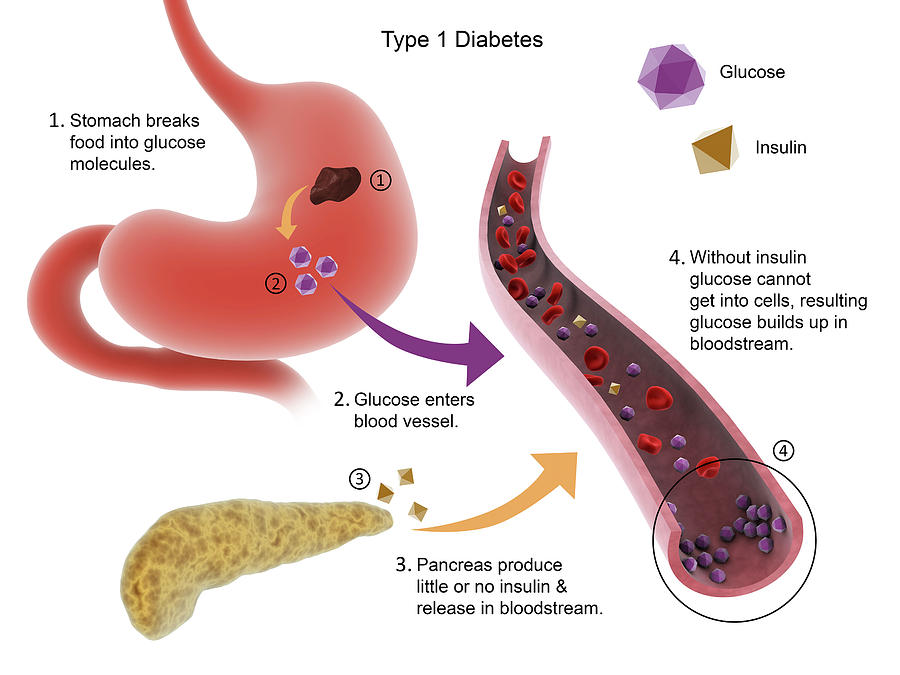

The most recent change to the protocol suggested that all diabetic pilots required further cardiological evaluation and exercise testing (on the treadmill) should they wish to retain their unrestricted licence. The derogation process has meant that there has been a continuous review of the latest medical evidence and some further adjustments to the guidelines. Their only option was to obtain a UK NPPL. Previously the need for the use of this medication meant that their flying careers were finished. This process has meant that pilots with diabetes, treated with medication which can cause hypoglycaemia (low blood sugars) could regain their medical certification.

EASA subsequently requested that the UK apply for a derogation to provide safety assurance. Maybe Diabetes Times should take this issue up? The current rules date back to before more efficient meters were developed.The UK CAA began issuing Class 1 and 2 medical certificates to pilots being treated with insulin and other blood sugar lowering medication in early 2012.įollowing the introduction of the new EASA Part MED (medical regulations for aviation medicals) in September 2012, the UK CAA continued this using a flexibility clause in the EASA requirements. In my view it is hard to understand why some meters are allowed when much more accurate ones are available. Given the danger of driving with a hypo this problem should be addressed by making sure only the most accurate meters are used. I have an article on my blogsite called “Calibration needs accurate blood glucose meters” that goes in to this in more detail with links to various meter surveys. (With Mard the lower the number the better). The most accurate meter is generally accepted to be the Contour Next with a Mard of around 5. So a reading of 10 mmoll/ml (180 mg/dl) could actually be 8.5 (153) or 11.5 (207) and for 20% of the time could be even more out! The rules as what qualify are quite lax, something like within 15% for 80% of the time. One factor that people seem to be unaware of is that many blood glucose meters are very inaccurate. In a post on the ABCD website Dr Dinesh Nagi said: “ABCD would like to urge specialist diabetes teams to ensure that this guidance is made clear to people who are being given access to FSL for monitoring purpose and primary care colleagues ensure that an ample supply of test strips is being made available.”
#Type 1 diabetes pilot license uk drivers#
In addition to this, some of these drivers are also being denied test strips by their GPs, unaware of the DVLA guidance. If Group 2 drivers use flash glucose monitoring, DVLA guidance recommends that these individuals must also continue to test finger prick glucose for driving purposes.

Group 2 drivers are required to have three months’ worth of blood glucose readings when they see the independent assessor and this evidence must be recorded on a blood glucose monitor, through finger prick tests. The DVLA introduced a new system of assessment for these drivers in 2012, which requires an independent specialist in diabetes, who is not routinely involved in day to day care of these individuals, to carry out individual assessment of the person. DVLA produced regulation that Group 2 drivers must continue to finger prick test twice a day even when they do not drive. Several years ago, the law was changed to allow insulin treated individuals with diabetes to hold a Group Licence and drive (Lorry or Bus). Healthcare professionals are being urged to warn lorry and bus drivers with type 1 diabetes that flash glucose monitoring is not recognised for Group 2 licence holders.Īccording to ABCD, there are currently 1,428 drivers in the UK who have type 1 diabetes and also hold a licence for driving a lorry or bus.


 0 kommentar(er)
0 kommentar(er)
